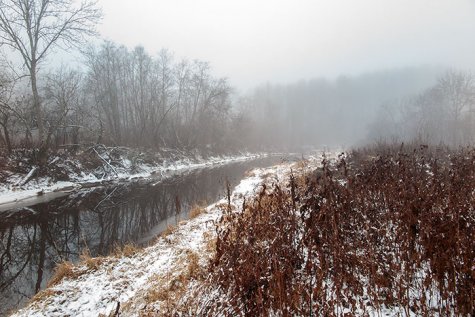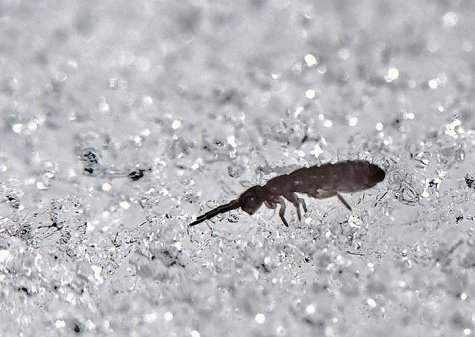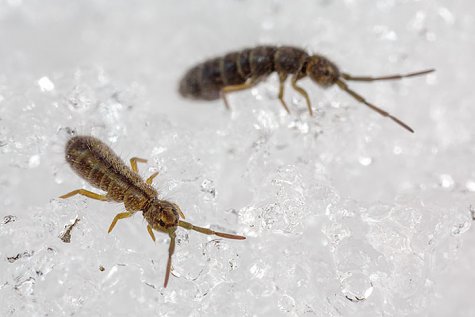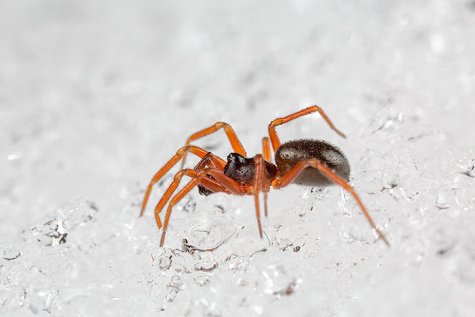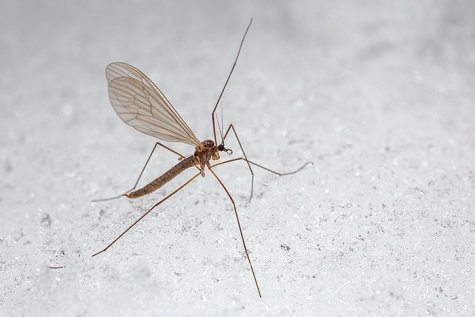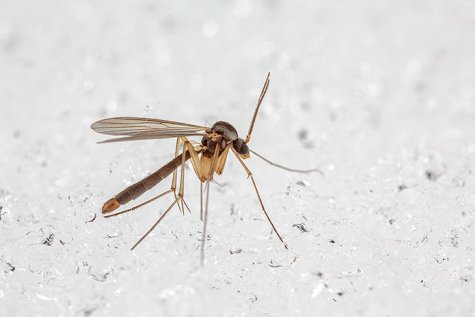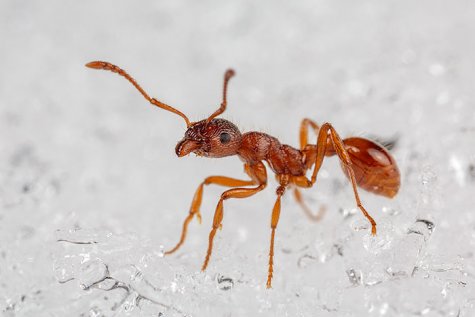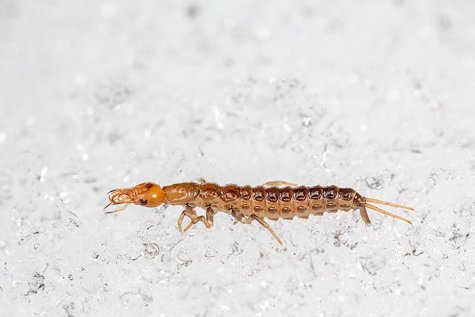Alam-Pedja lood
Alam-Pedja tales: Christmas month trip on the Kirna hiking trail
Text and photos Urmas Tartes
Translation Liis
I photographed my first winter springtail (an Entomobrya nivalis) in 2004. It was at the start of the Kirna hiking trail, across the footbridge and just to the right at the small stand of trees. Ten years later I again walked on the familiar path, to see and record the insects busy on the snow.
The Kirna trail is a truly rewarding place for insect fans. The left bank of the Pedja river passes through old alluvial forest, the right bank it meanders across river plains. On the path and the floodplain there is dry grass. It means that walking along the path we meet insects from trees and herbaceous plants as well as water throughout the year.
It was just below zero. There were heavy clouds in the sky and visibility was limited by a thick mist. Such weather suits winter insects. In cloudy weather the temperature remains stable and there is no need to fear a sudden cooling.
Cloudy misty weather with a few degrees of cold suits winter insects
On reaching Kirna the parking lot was full of cars but on the trail I met no other person. Only the voices of people gathered at the Altmetsa tower sounded through the mist. I settled the photo bag on my back and set off on the trail.
I crossed the foot bridge and there I was on the floodplain edge. A quick look at the snow showed that I was in the right place at the right time. There were plenty of six- and eight-legged insects, worthy of a Nature Reserve area.
My first springtail photo from 2004. Made in Kirna floodplain
Pair of springtails
The most numerous insects on the floodplain snow were several kinds of Collembola or springtails. They were so many that after some little stalking I even succeeded in getting them in the photos photo by twos. In the same place I also found the first dwarf spiders. They can catch springtails in nets woven in snow furrows and eat them. Sadly the spiders ended up without prey.
Dwarf spider
Regardless of the minus degrees I saw winter crane flies (Trichoceridae) and fungus gnats (Mycetophilidae) flying. The winter crane flies are insects whose imagos are active from autumn to spring, even in the winter months. With their long legs they remind a little of daddy longlegs, but with a more fragile body than these. We usually meet the imagos of fungus gnats in autumn but there are also winter active species among them .
Winter crane fly before taking off in flight
Fungus gnat
Walking on along the path I suddenly noticed an insect new for me that turned out to be a red ant species (Myrmica ruginodis). What was a colony-living ant doing alone at this time on the snow? It should have been wintering in the ground under the nest hill together with its nest mates! Subsequent reflection provided a possible explanation. Kirna is known to be rich in woodpeckers. Woodpeckers, especially for instance the grey-headed woodpecker, also feed on ants. It might be that the ant clambering on the snow had been dropped there by a woodpecker that had been robbing an ants’ nest.
Myrmica ruginodis ant
A journey with insects proceeds slowly. I moved about a kilometre per hour on average. The harvest of observations and the file of images were supplemented by a small leafhopper larva, a young raft spider, rove beetles, a fly and a drinker (Euthrix potatoria) larva.
This strange-looking creature is a shortwing beetle larva
On reaching the hanging bridge I took thought, gave up crossing the river and turned towards the beginning of the path. I judged that the sun would have set before I made a tour of the entire path. When I started towards home, my car was the only one waiting for its driver in the parking lot.

